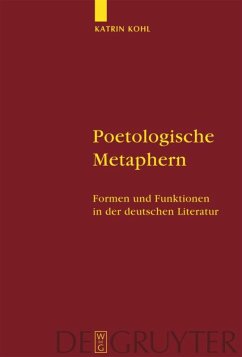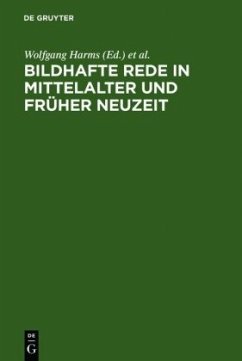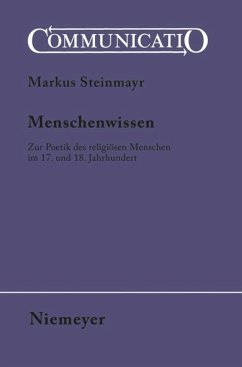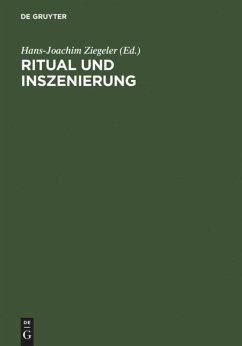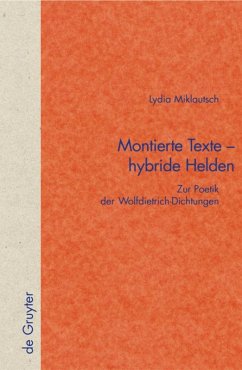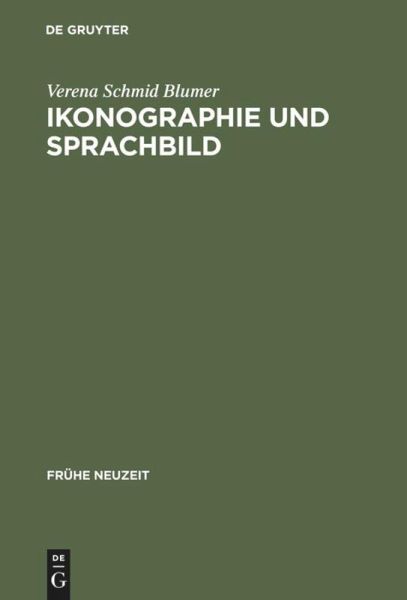
Ikonographie und Sprachbild
Zur reformatorischen Flugschrift 'Der gestryfft Schwitzer Baur'
Versandkostenfrei!
Versandfertig in 6-10 Tagen
139,95 €
inkl. MwSt.

PAYBACK Punkte
0 °P sammeln!
The study focuses on the largely neglected anonymous flysheet »Der gestryfft Schwitzer Baur«, printed in 1522 by Pamphilus Gengenbach in Basel. Following an outline of the conditions governing the production and reception of the flysheet, the main part of the book provides a rhetorical analysis of the text with reference to homiletic traditions, and an interpretation of the title woodcut in the context of the pictorial traditions operative in it. Lay education, the relations between German and Latin, Balaam's ass in word and image, the metaphorical use of the word gestryfft (literally 'striped') - these are the central topics of the flysheet, discussed here in a broad literary and culture-historical context (15th-17th century).
Zentraler Gegenstand dieser Untersuchung ist die anonyme, 1522 bei Pamphilus Gengenbach in Basel gedruckte Flugschrift »Der gestryfft Schwitzer Baur«. Ziel ist es, die spezifische Qualität dieser in der Forschung bis jetzt kaum beachteten Flugschrift so umfassend wie möglich darzustellen - einer Schrift, die sich als wichtiges Dokument der Literatur und bildenden Kunst der Zeit erweist. Einleitend wird die Gattung der reformatorischen Flugschrift anhand ausgewählter Schriften aus der Offizin Pamphilus Gengenbachs skizziert. Ein besonderes Augenmerk gilt dem Produktions- und Rezeptionskontext der Flugschriften, was zur Frage führt, ob der gemeine Mann vermehrt auch als Subjekt des reformatorischen Kommunikationsprozesses betrachtet werden muß. Der zweite Teil bringt neben einer rhetorischen Analyse des Textes eine - reich bebilderte - Interpretation des Titelholzschnitts. Erweist sich die mittelalterliche Homiletik als zentral für die Konstitution des Textes, so läßt sich auchdie Ikonographie des Holzschnitts in Bildtraditionen einordnen. Neue reformatorische Ideen in altem Gewand - ein Rezept, das große Wirksamkeit garantiert. Der dritte Teil greift drei Themen und Sinnbilder der Flugschrift auf und stellt sie in einen weiten literar- und sprachhistorischen sowie kultur- und mentalitätsgeschichtlichen Kontext: Laienbildung und das Verhältnis der Sprachen Deutsch und Latein, die Darstellung der biblischen Bileams-Eselin in Wort und Bild und die Frage nach der Bedeutung der metaphorischen Wendung »gestryfft«. Letzteres erhellt einen blinden Fleck historischer Semantik. Eine ausführlich kommentierte Edition der Flugschrift »Der gestryfft Schwitzer Baur« schließt die Untersuchung ab.




